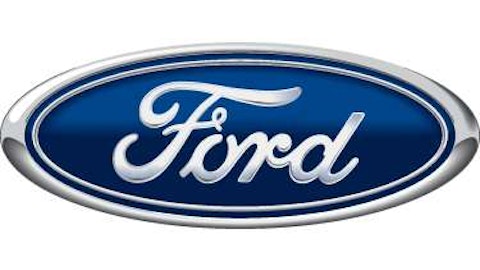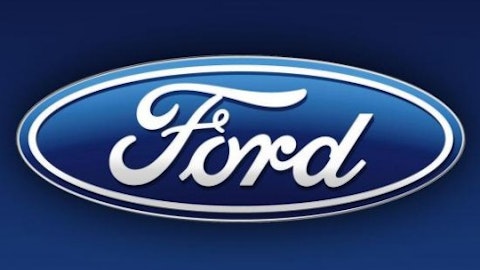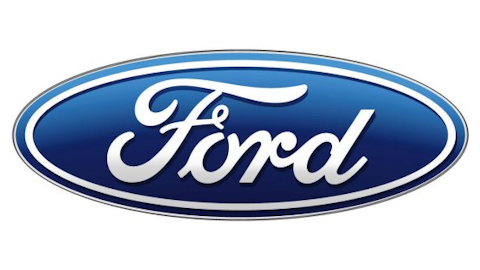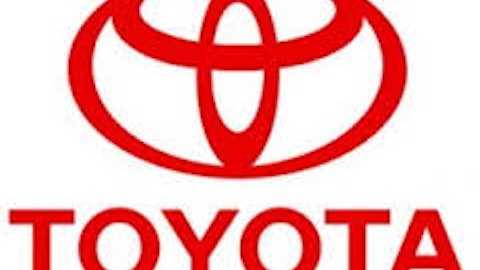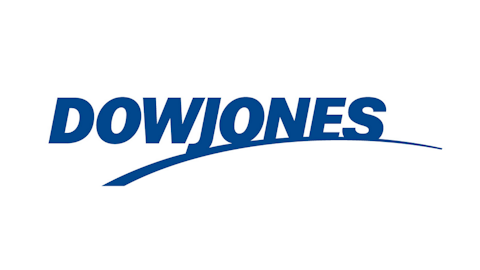The largest US automaker General Motors Company (NYSE:GM) not only enjoyed double digit sales gains in the domestic market in January, but it also posted a record breaking month in China. The Detroit maker is the largest foreign auto player in the mainland for nine years now. Its January sales in the world’s leading auto market surged 26% to 310,765 units, the highest in any month driven by the Buick, Chevrolet, and Wuling brands of the auto giant. Both Buick and Chevrolet sales soared 22% each while Wuling stole the show with a 36% sales gain. However, Cadillac sales turned out to be highly disappointing for the month.
The largest auto market with growing middle class and rising disposable income offers huge potential to the auto giants who are constantly battling it out to grab a massive chunk of the growing Chinese market.
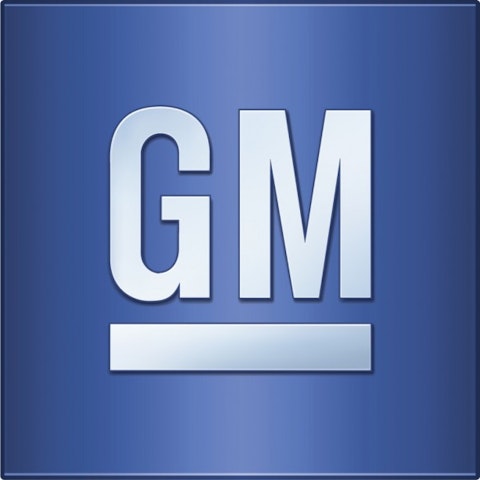
While GM is the top foreign auto player in China, it is closely followed by German giant Volkswagen (NASDAQOTH: VLKAY) which aspires to become the world’s lead automaker by 2018. The Wolfsburg based company was very close to dethroning GM’s reign in China last year to win the title of the top foreign auto seller in the nation. However, GM managed a narrow escape with 2.84 million deliveries against VW’s growth of 24.5% to 2.81 million deliveries. The automaker’s solid performance is attributable to the freshly launched Lavida and Audi A4L which was introduced in the third quarter. Also one cannot ignore the fact that GM may be the top auto seller in China, but VW is more profitable. This is because the profit margin for GM’s popular cars in China isn’t as high as VW’s popular models.
Other than the German automaker, US carmaker Ford Motor Company (NYSE:F) which has been a slow-mover in the mainland, also wishes to explore the market particularly after the success it has tasted in the recent months. The Dearborn player’s sales went up 21% to 626,616 vehicles last year. Its Focus compact, which became the top selling sedan last year, is extremely popular with the buyers. In fact the company’s sales almost doubled in January primarily driven by the demand for Focus. Ford is building factories in China as part of its expansion plan. It also proposes to introduce 15 new models and nearly double its production capacity to 1.2 million in these three years.
In addition to this, one factor which worked in favor of all Non-Japanese carmakers was the political dispute between China and Japan which made buyers shun Japanese brands including Toyota Motor Corporation (ADR) (NYSE:TM), Nissan and Honda Motor Co Ltd (ADR) (NYSE:HMC). These auto giants suffered severe setbacks in their sales number last year which declined 4.9%, 5.3% and 3.1% for Toyota, Nissan and Honda respectively. Toyota experienced a sales drop of 49% in September, 44% in October and 16% in December, the steepest plunge since 2008. The company had to revise and reduce its pre-determined target to make the deliveries of 1 million cars last year. However, Toyota and other Japanese carmakers are witnessing some improvement in sales. The world’s top automaker saw a sales jump of 23.5% in January, which is the first sales gain in the past 7 months. Though the scenario is said to get normal by year end, it would still take time to return to the level prior to the island dispute.
So while other giants are also eyeing the China, what is GM doing in the face of rising competition in the world’s most attractive auto market?
The road ahead – stay ahead in the race
China is an extremely crucial market for the top US automaker given the long term growth prospects that this emerging economy offers. The carmaker is heavily investing in the emerging market and has a five-year plan to spend $7 billion as part of its aggressive expansion strategy. The company is building a third production unit to enhance its total manufacturing capacity to 2 million units per year.
In addition, GM has set an ambitious goal of increasing sales by 75% to 5 million deliveries by 2015. The company along with partner SAIC is said to start two assembly plants in 2014 so that they can achieve the target of 5 million units. However this would be capable of making around 4 million vehicles which is still below the set target. So merging with under-operating assembly plants is the next viable option. According to a Bloomberg article, sources who requested anonymity said that the Detroit maker also plans to acquire struggling automakers in the mainland with the assistance of local partner SAIC Motor Corp. to strengthen its hold and attain the target.
Concluding thoughts
China is an extremely attractive destination for the automaker where it experienced 11.3% growth in 2012 especially when the European outlook is dull. Auto sales in China rose 4.3% to 19.3 million vehicles in the past year, out of which GM accounted the sales of 2.84 million vehicles despite restrictions imposed by some cities to control traffic overcrowding and pollution. According to the China Association of Auto Manufacturers this year the industry is expected to increase 7% to cross the 20 million mark for the first time. The automaker should benefit from the growth in China given its dominance here. Other than this GM also stands to gain from the ongoing clash between China and Japan. Moreover, the emerging nation will also help the automaker to compensate for its European losses and offer an extremely lucrative market with long term growth potential.
The article This Automaker Plans Its Growth Amidst A Tight Race In China originally appeared on Fool.com and is written by Rajesh Marwah.
Copyright © 1995 – 2013 The Motley Fool, LLC. All rights reserved. The Motley Fool has a disclosure policy.
